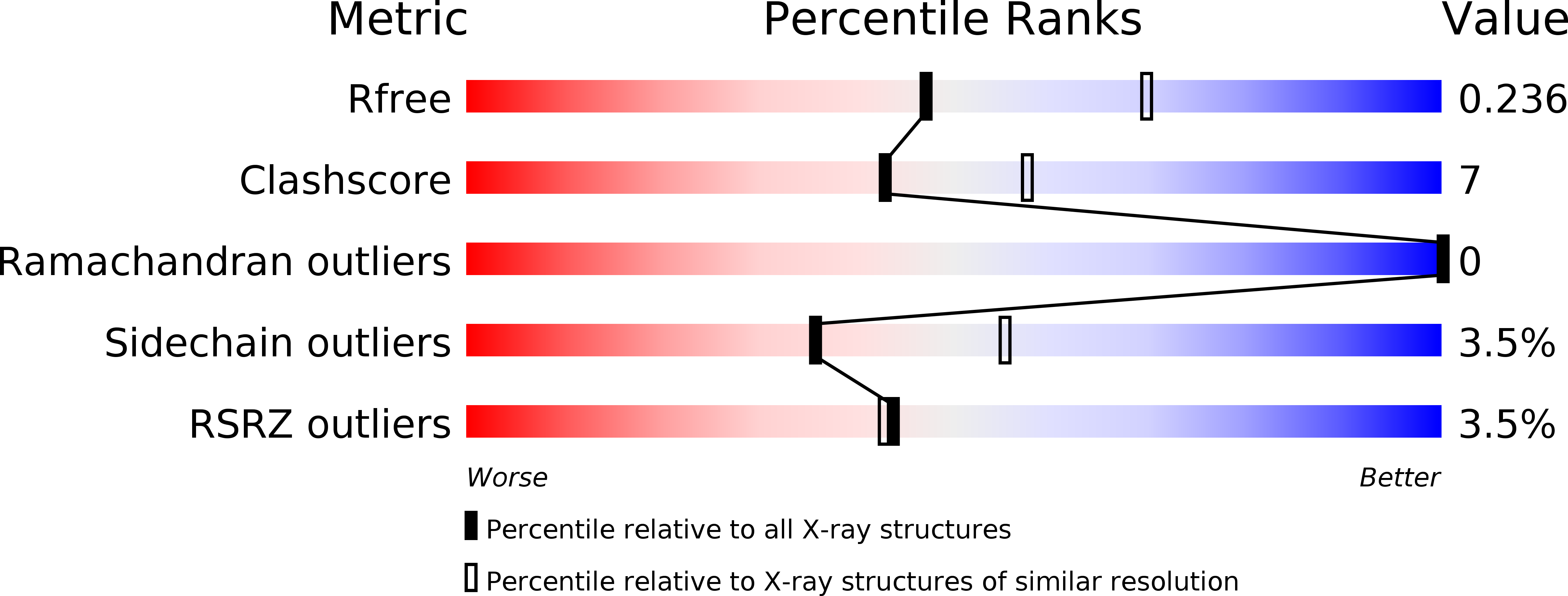
Deposition Date
2008-10-22
Release Date
2009-06-30
Last Version Date
2023-09-06
Entry Detail
PDB ID:
3EYW
Keywords:
Title:
Crystal structure of the C-terminal domain of E. coli KefC in complex with KefF
Biological Source:
Source Organism:
Escherichia coli (Taxon ID: 83333)
Host Organism:
Method Details:
Experimental Method:
Resolution:
2.40 Å
R-Value Free:
0.23
R-Value Work:
0.19
R-Value Observed:
0.19
Space Group:
P 21 21 21


